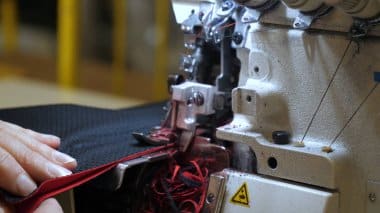Acme Mills: Revolutionizing Textiles’ Impact on Industrial Progress
As discussed in the article “Textile Industry and Machinery of the Industrial Revolution,” spanning from approximately 1760 to the early 19th century, the Industrial Revolution marked a significant shift in manufacturing processes, transitioning from manual labor to mechanized production. This era witnessed the introduction of new chemical processes, advancements in iron production, and the widespread adoption of machine tools and steam power. Among various industries, textiles emerged as a focal point, leading the way in employment, output value, and capital investment.
Originating in Great Britain, the Industrial Revolution revolutionized nearly every facet of daily life, catalyzing exponential growth in income and population. While some economists argue that this period marked the beginning of consistent improvements in living standards, others contend that significant strides were made in the late 19th and 20th centuries.
Textile machinery played a pivotal role during this transformative period, with several key inventions reshaping the industry. Notable advancements include the flying shuttle invented by John Kay in 1733, which enhanced weaving efficiency, and the spinning jenny introduced by James Hargreaves in 1764, revolutionizing the spinning process. Additionally, the water frame developed by Richard Arkwright in the same year marked a significant milestone as the first powered textile machine.
Click here to learn more about Acme Mills’ capabilities or products.
Article with all rights reserved, courtesy of thoughtco.com
Photo with all rights reserved, courtesy of depositphotos.com










